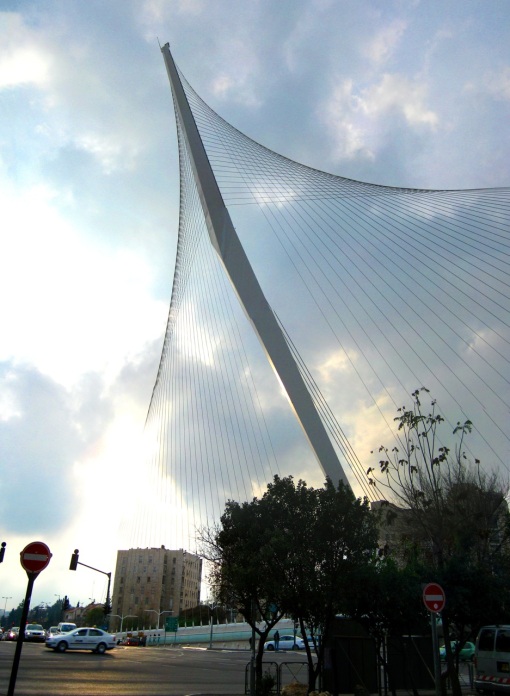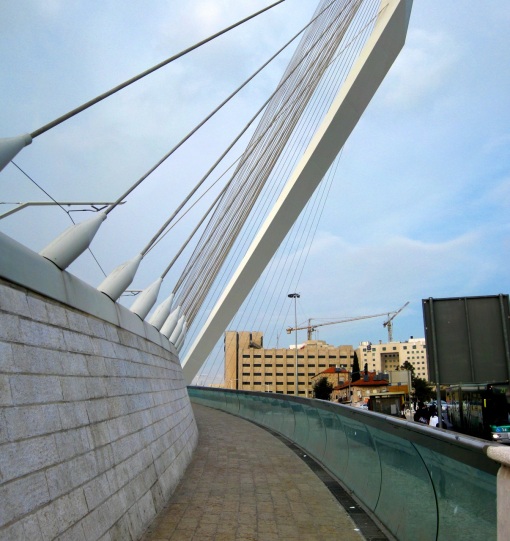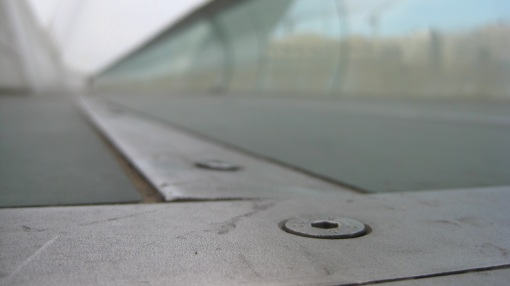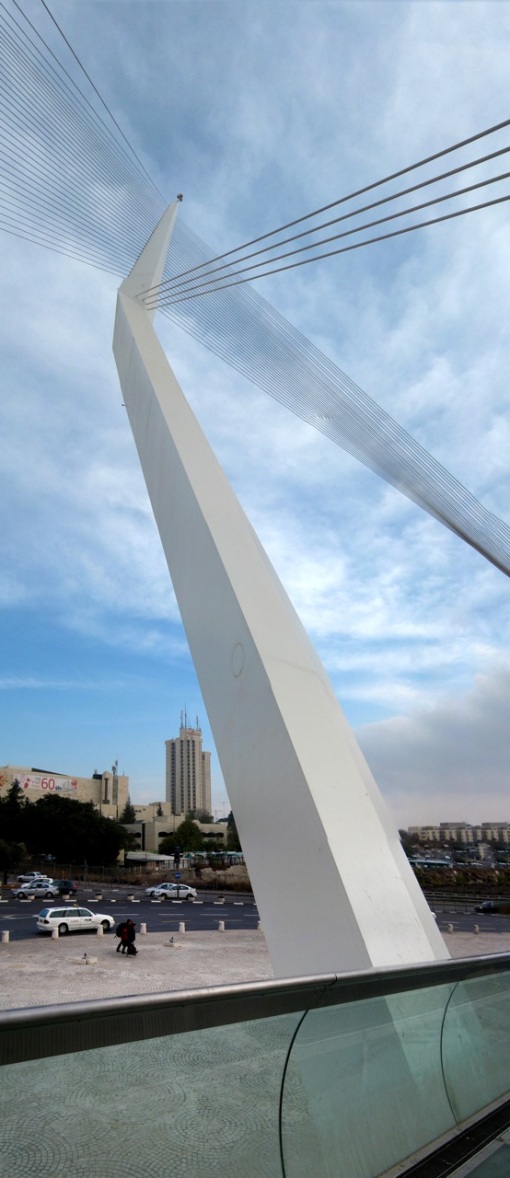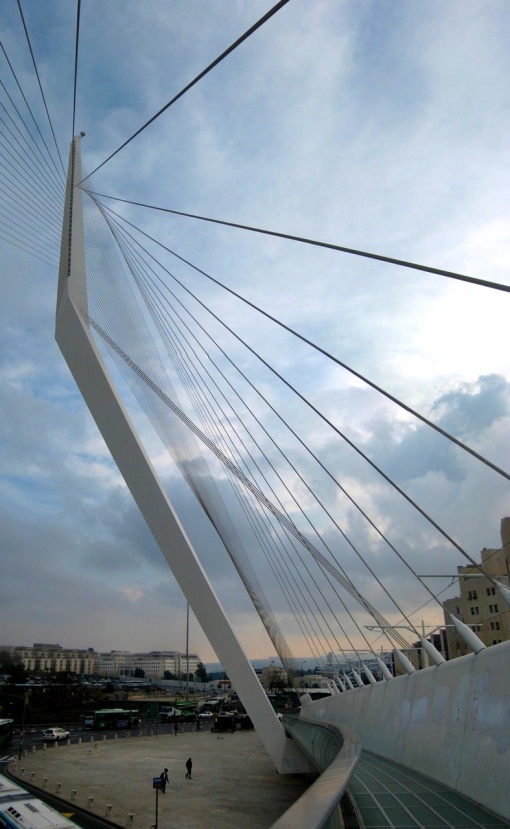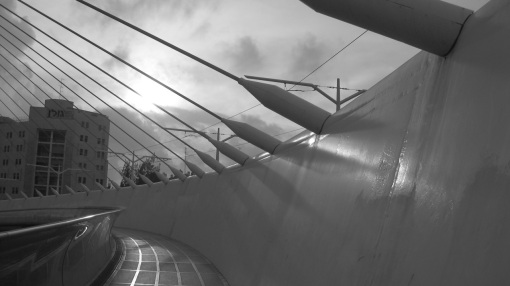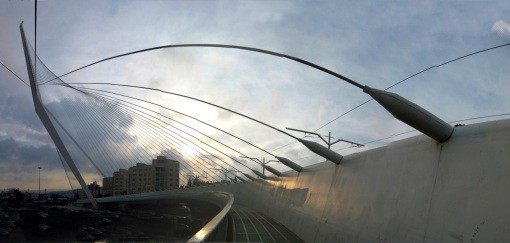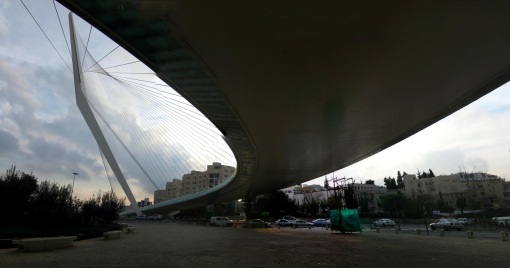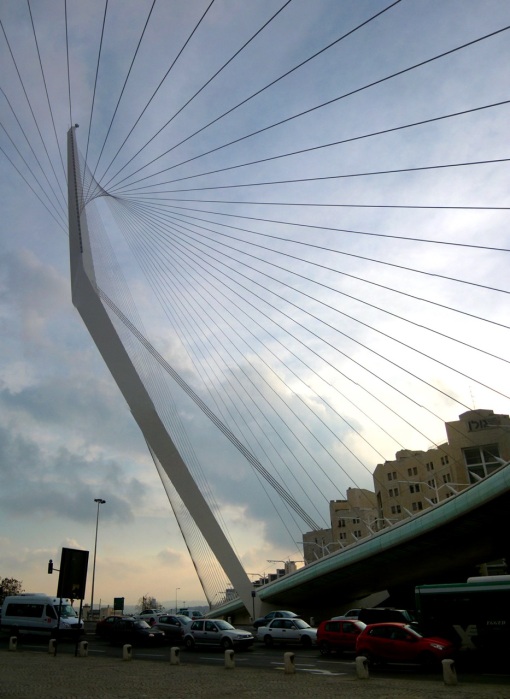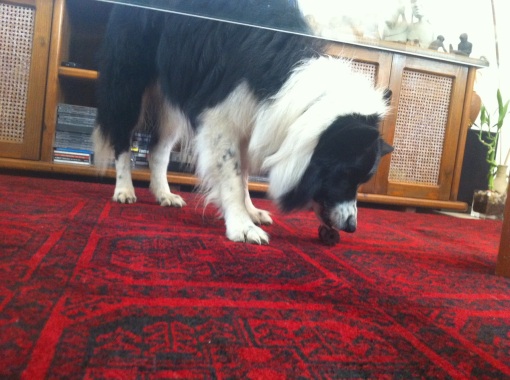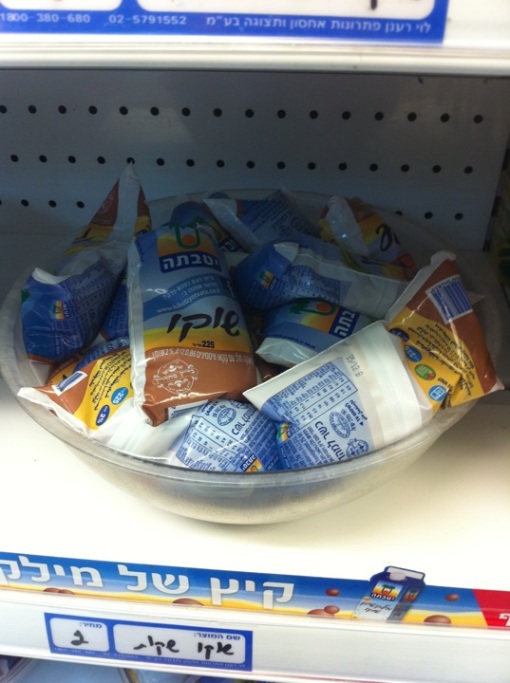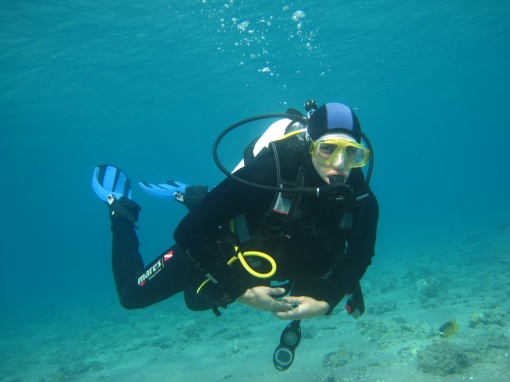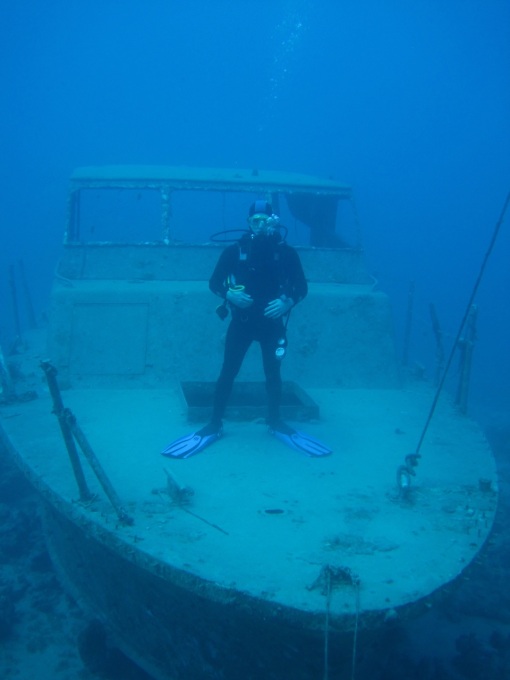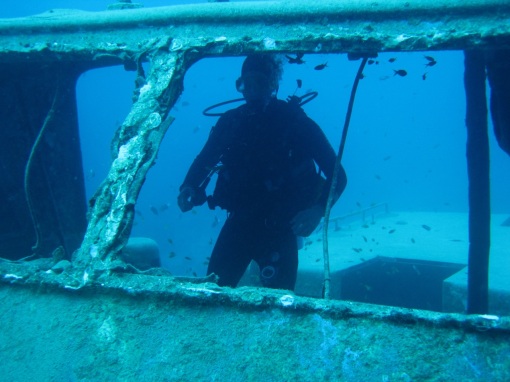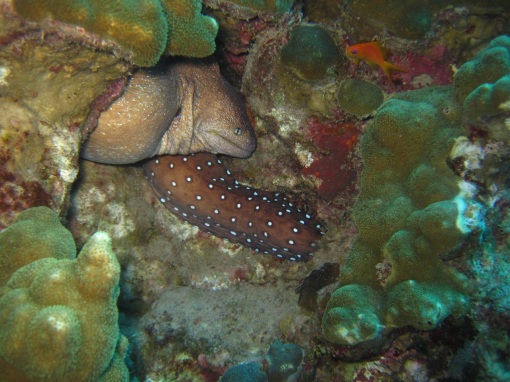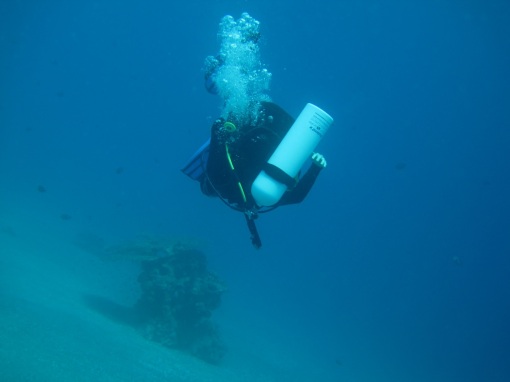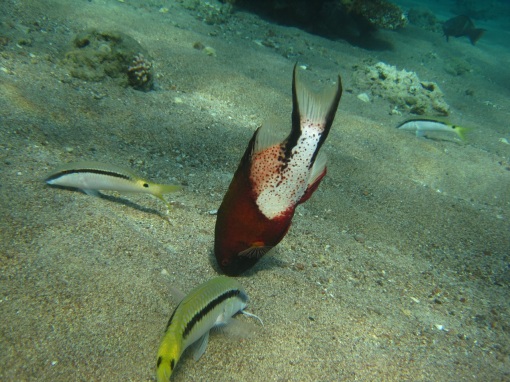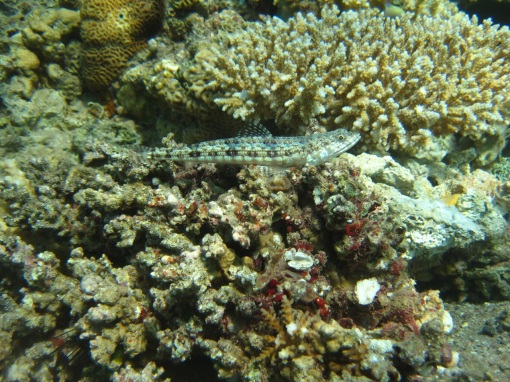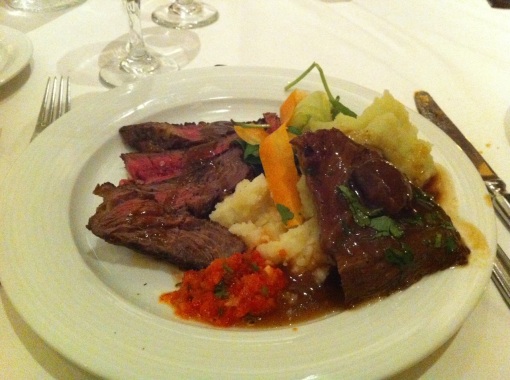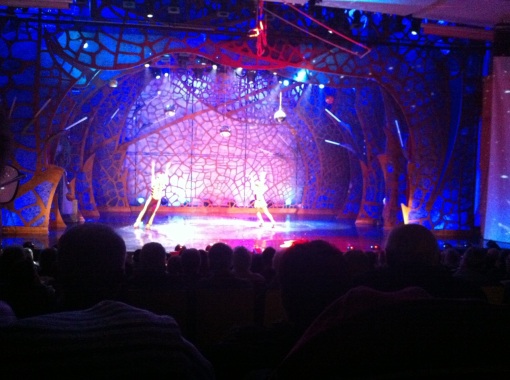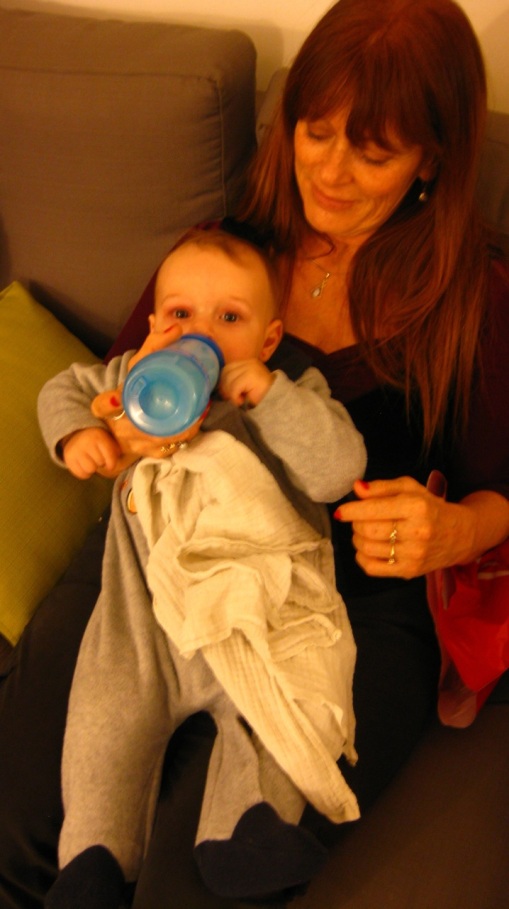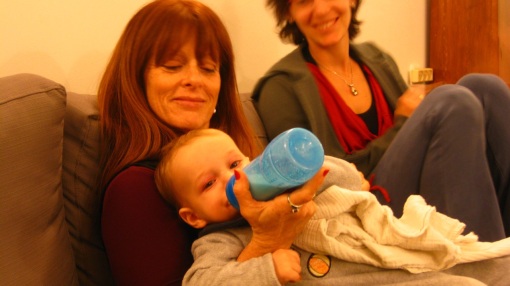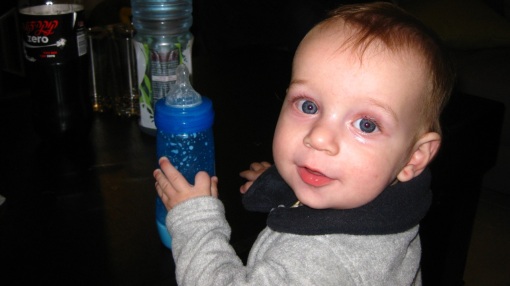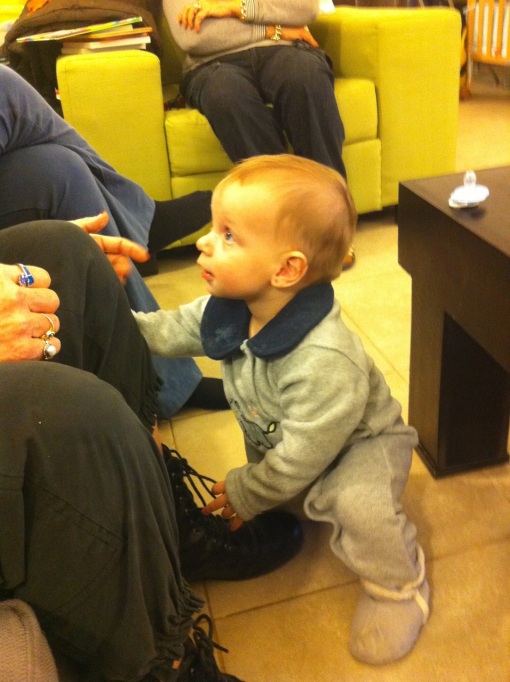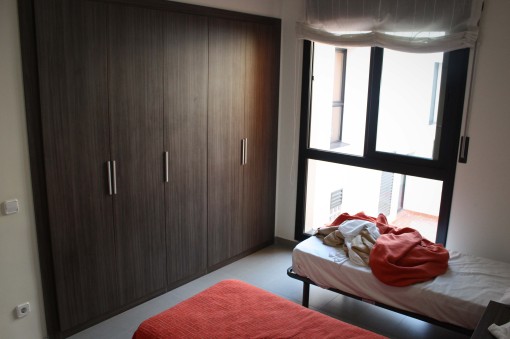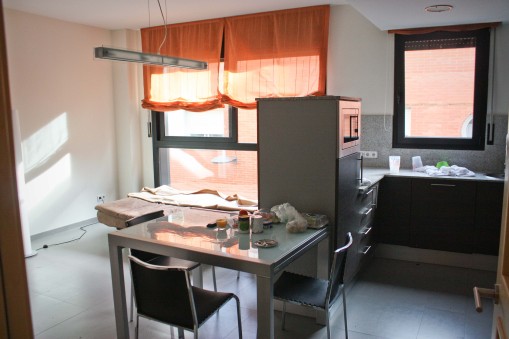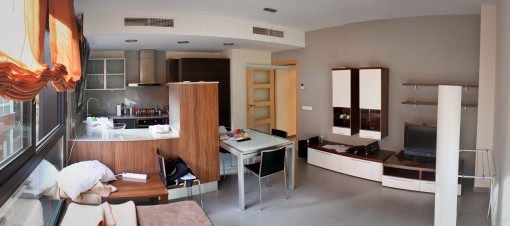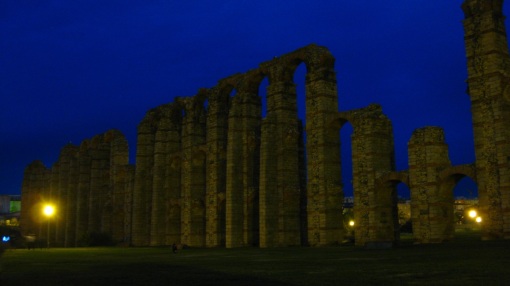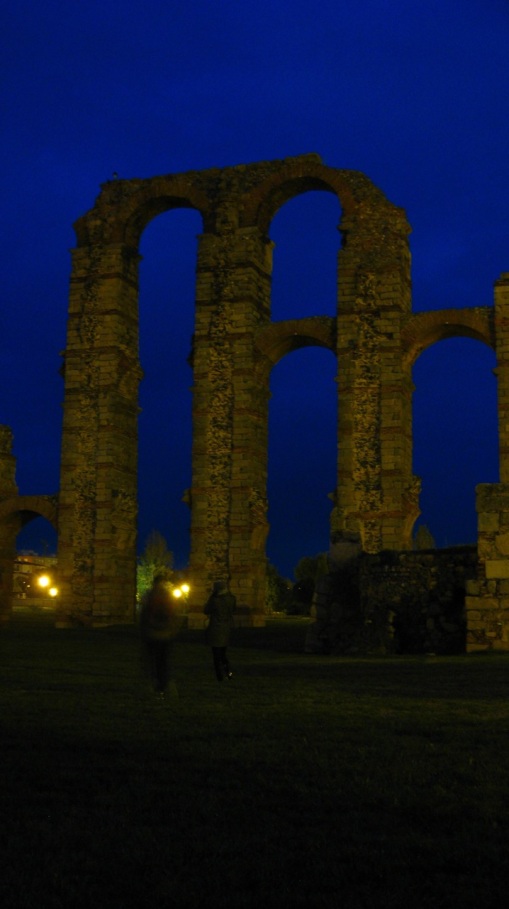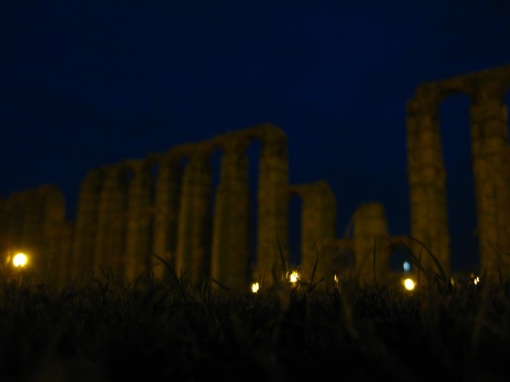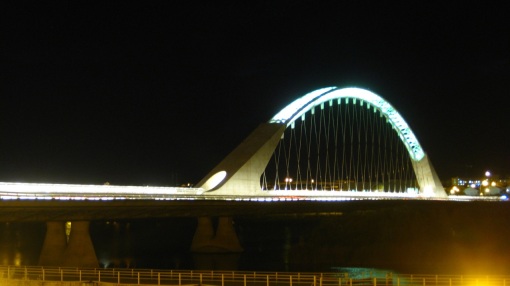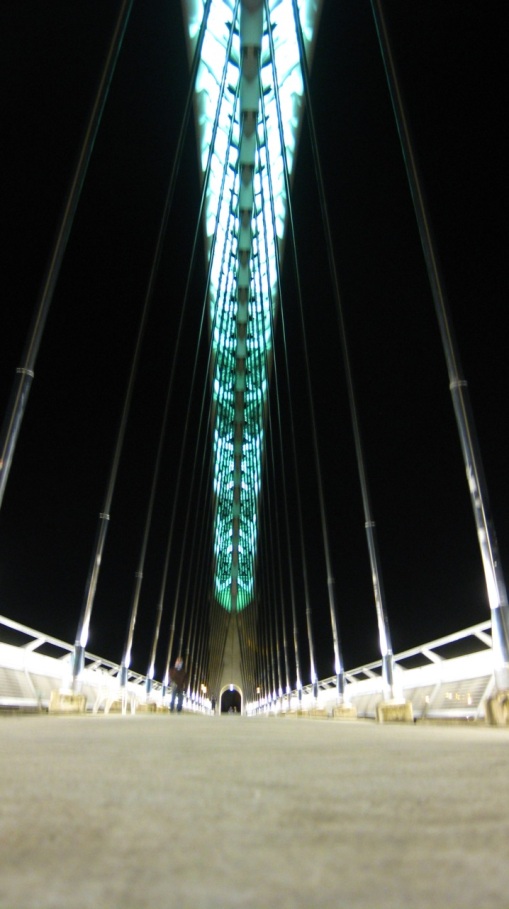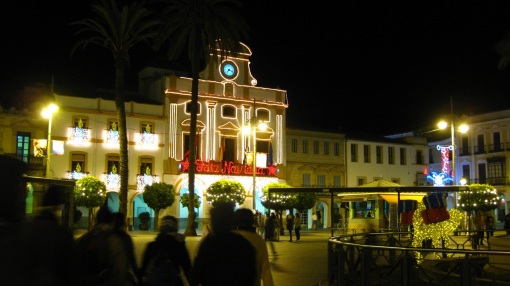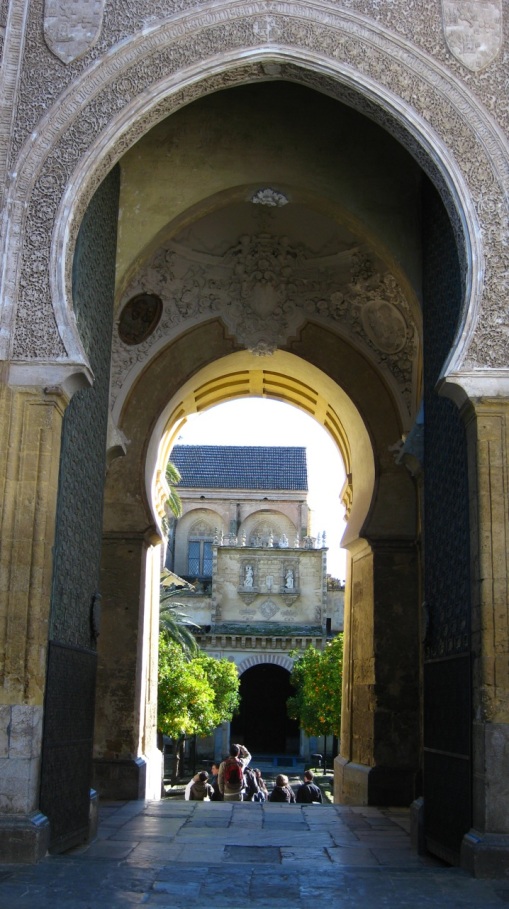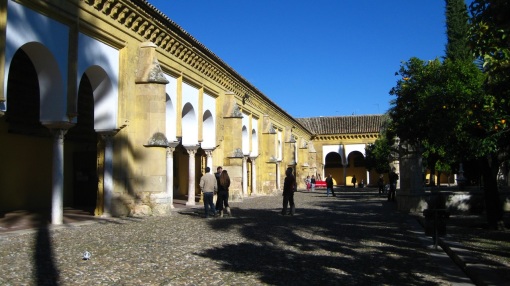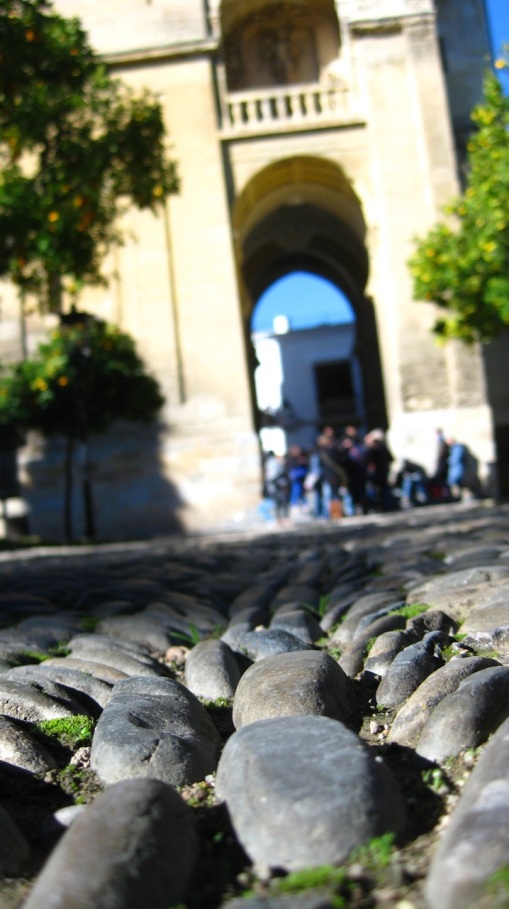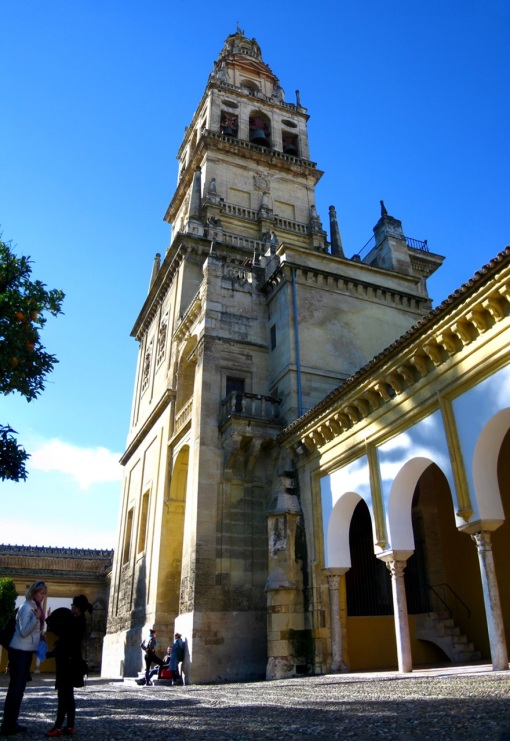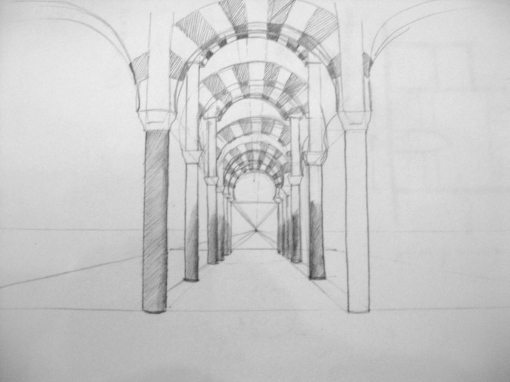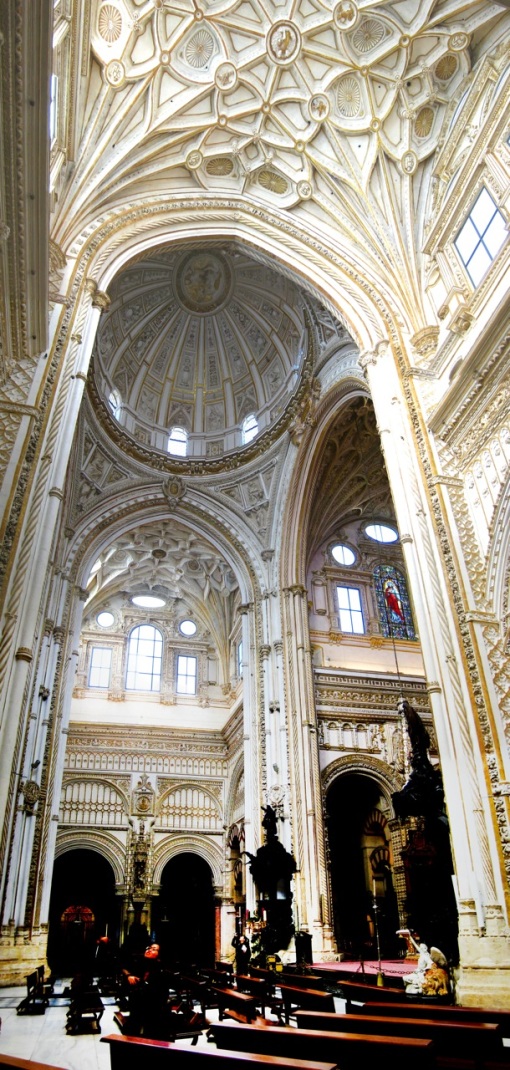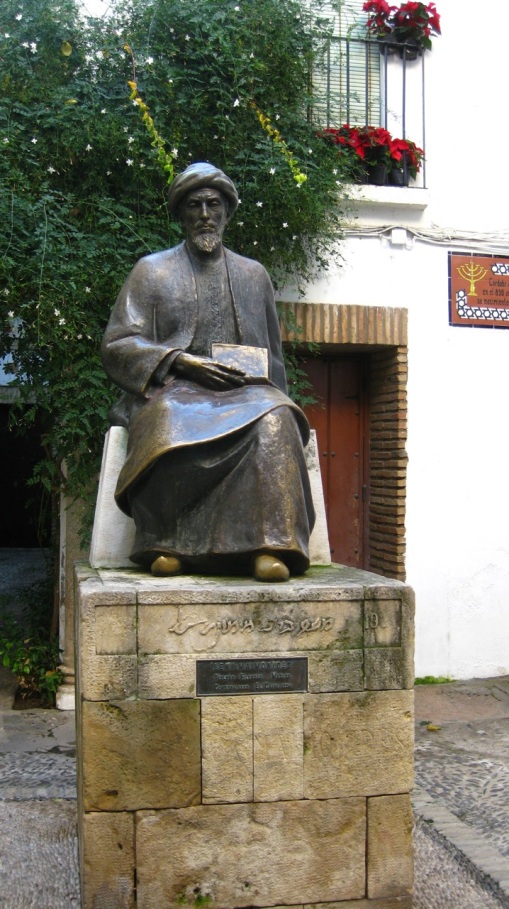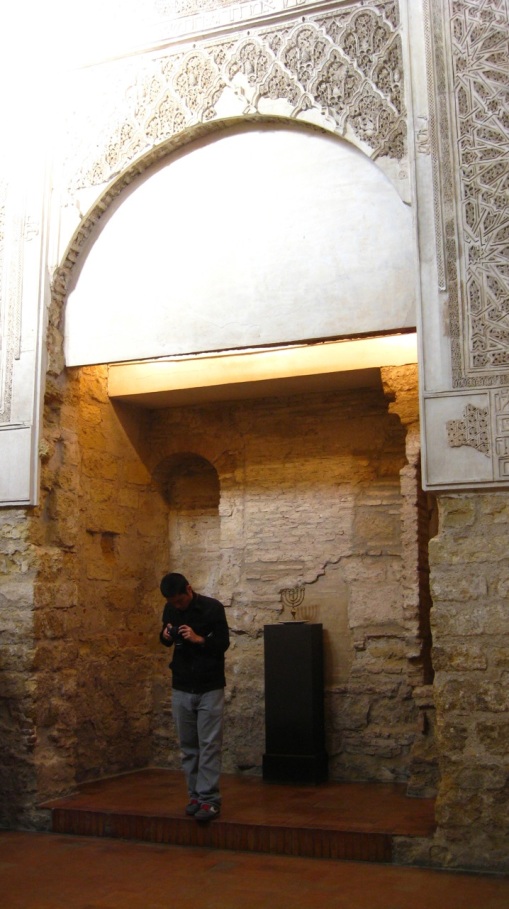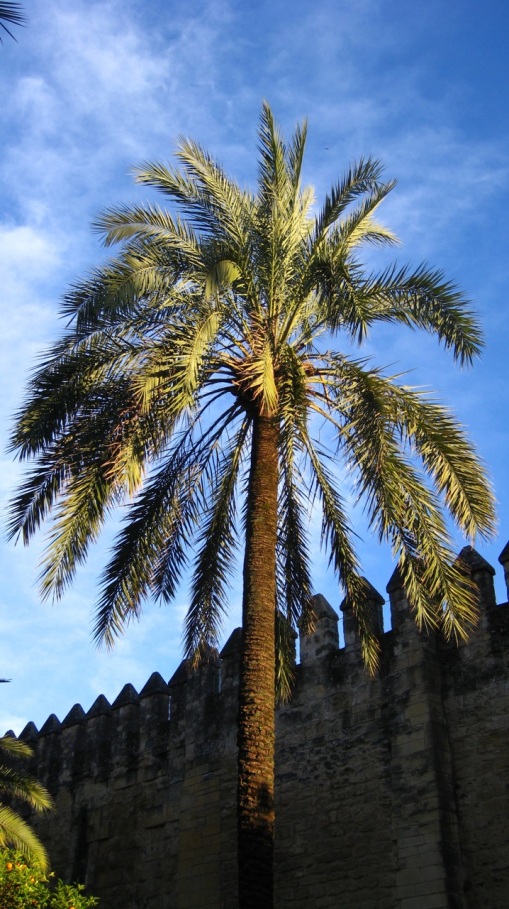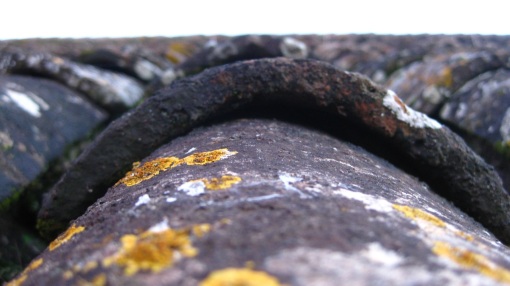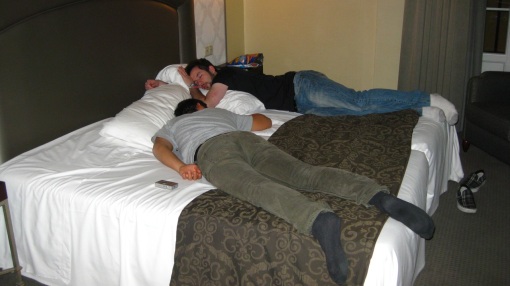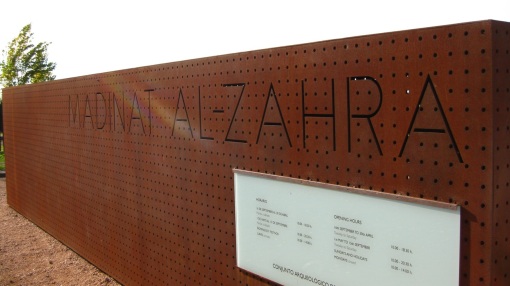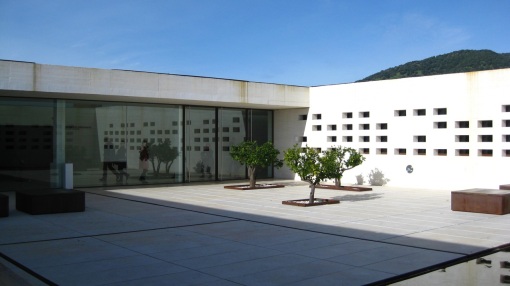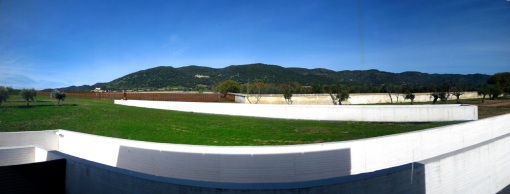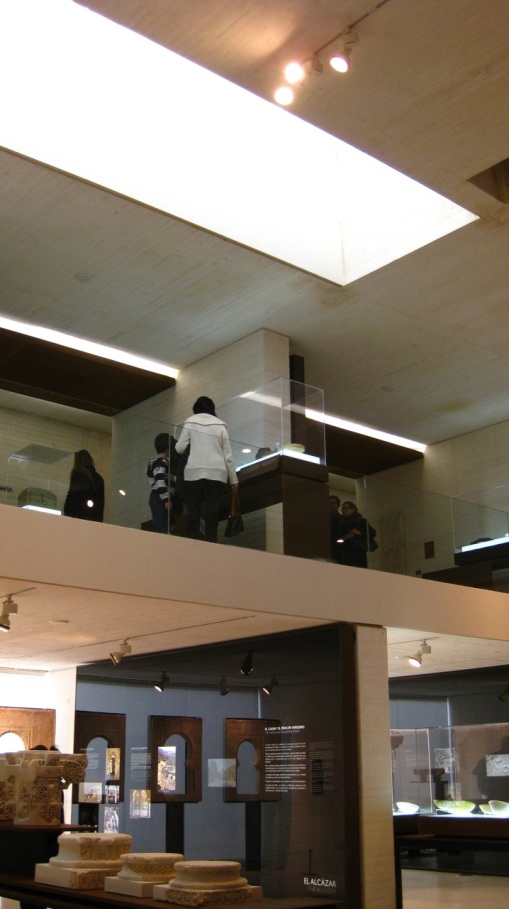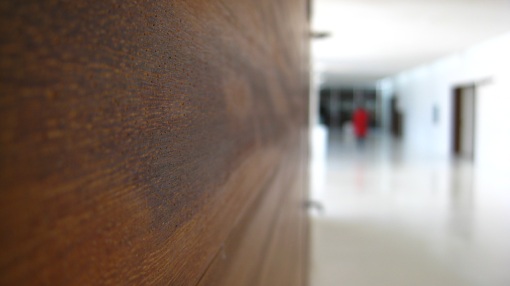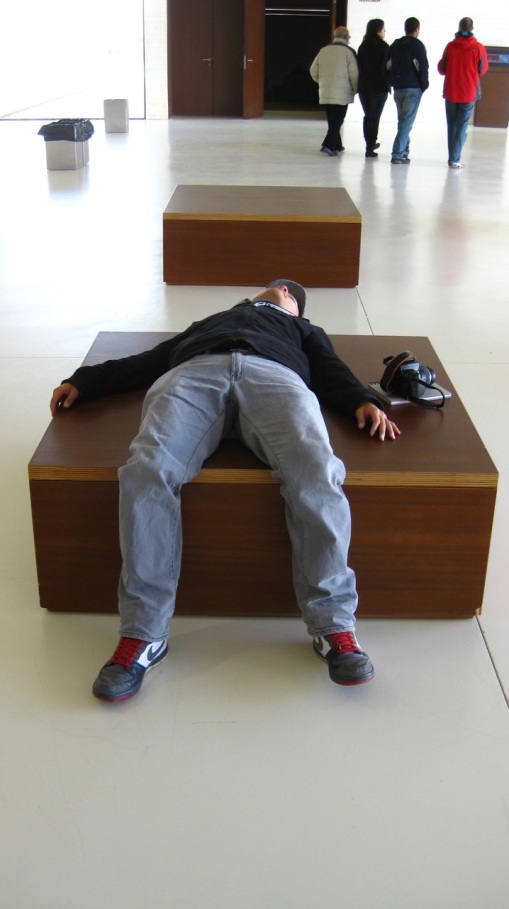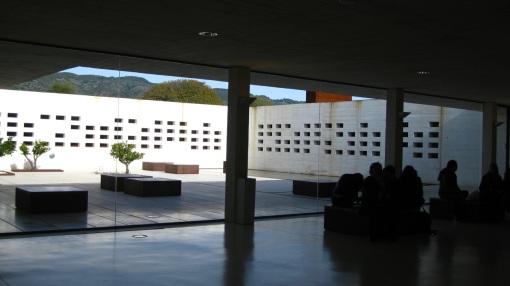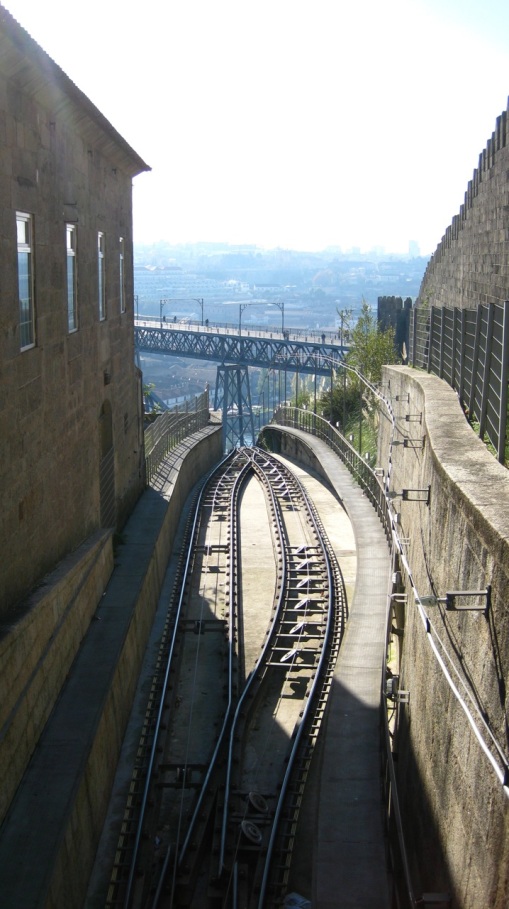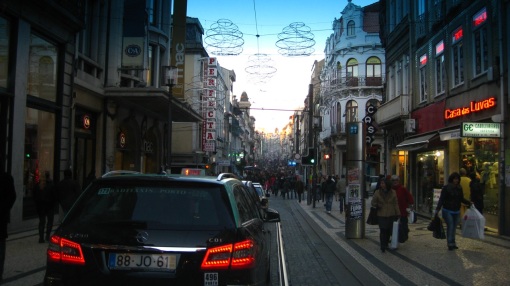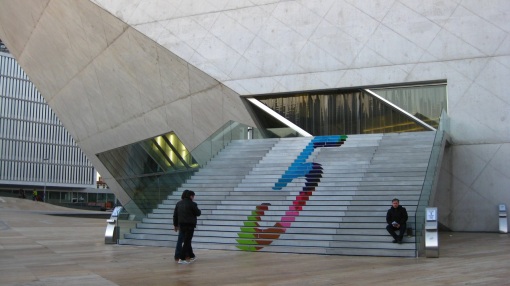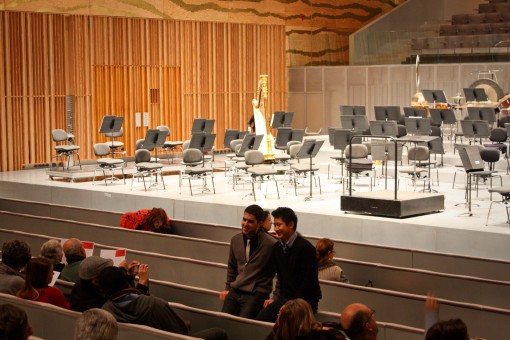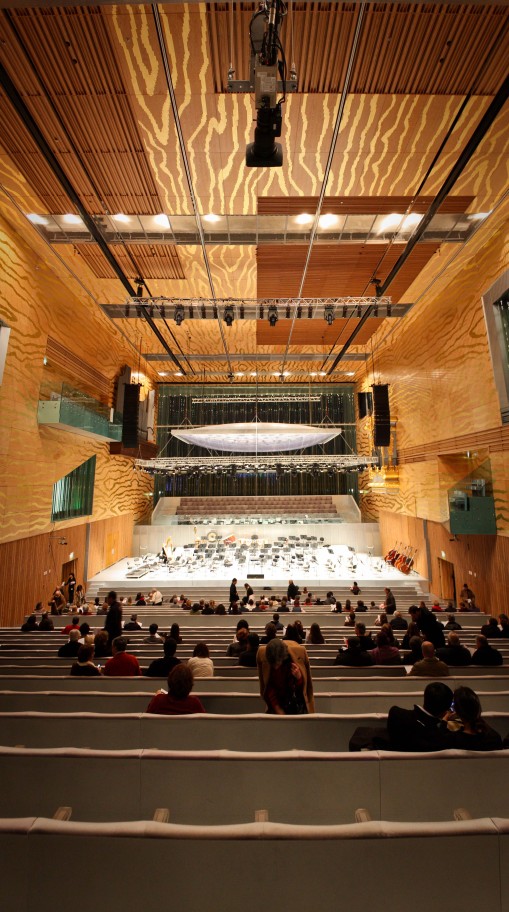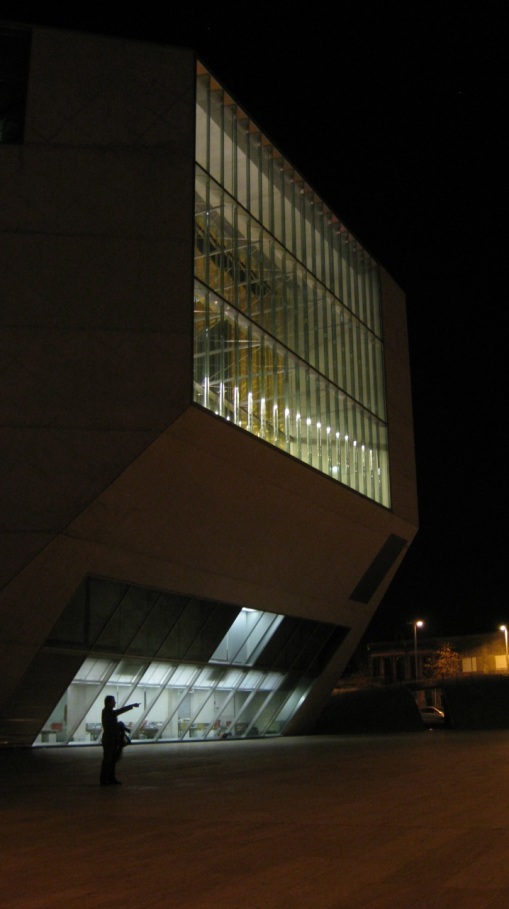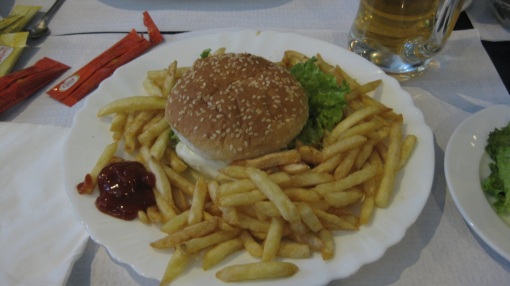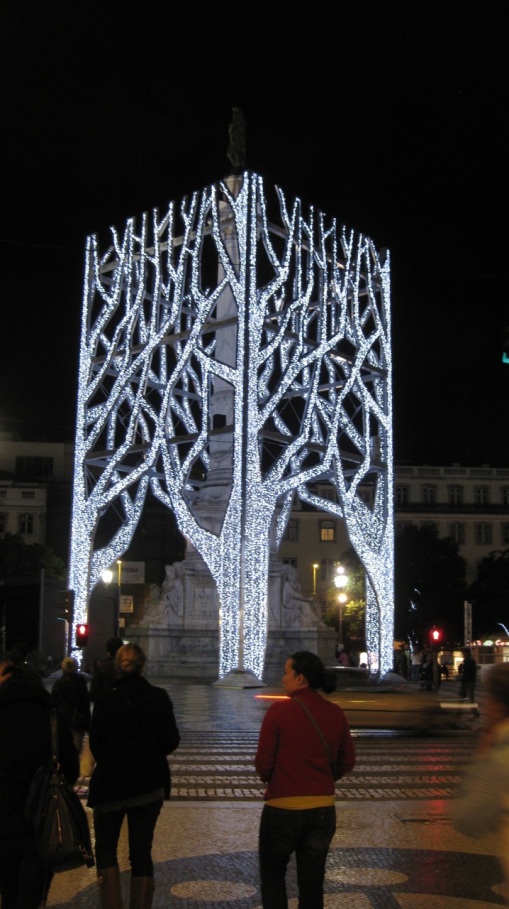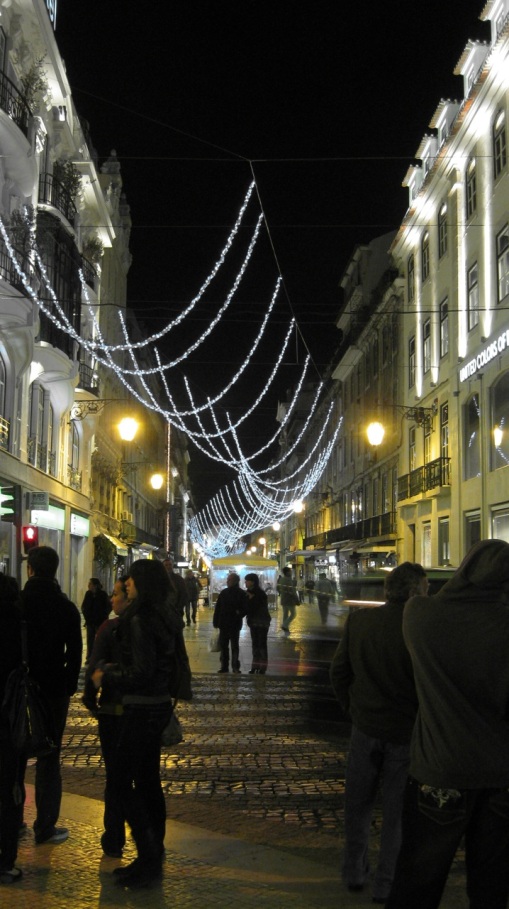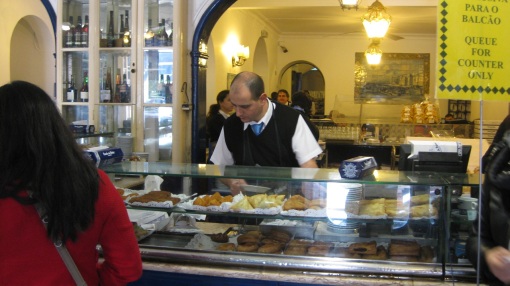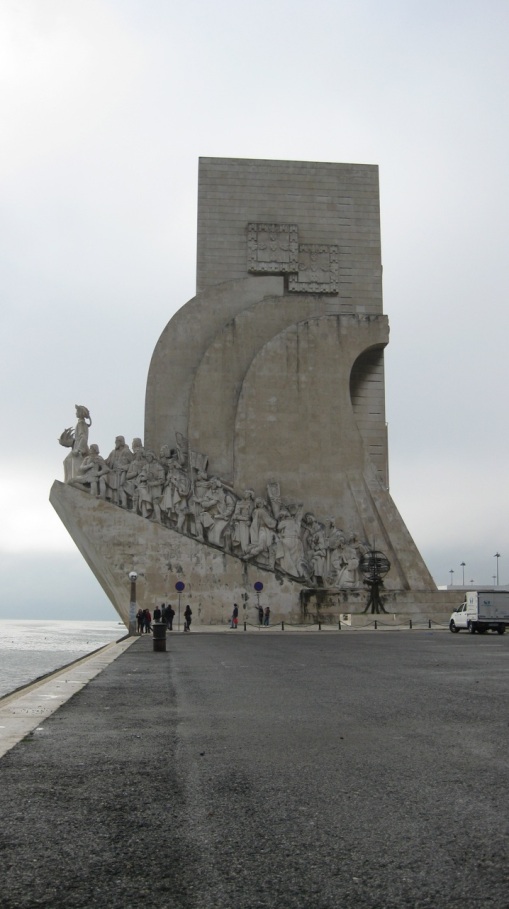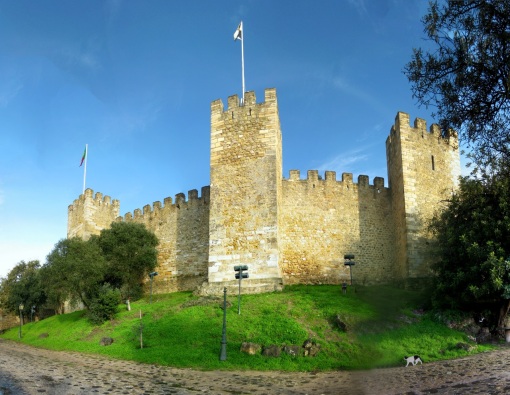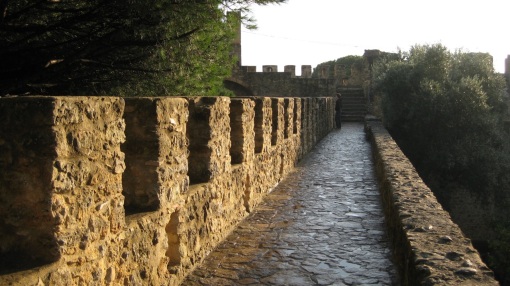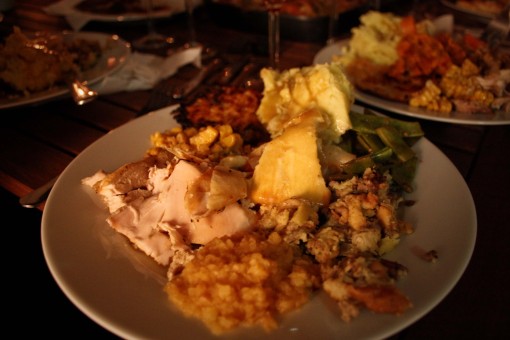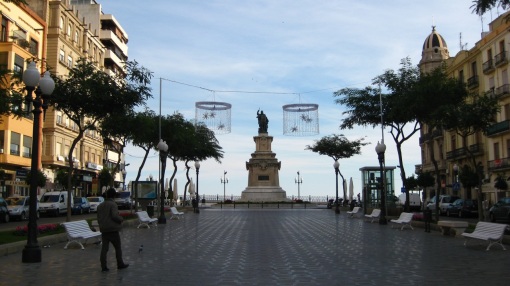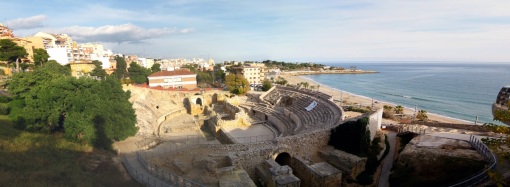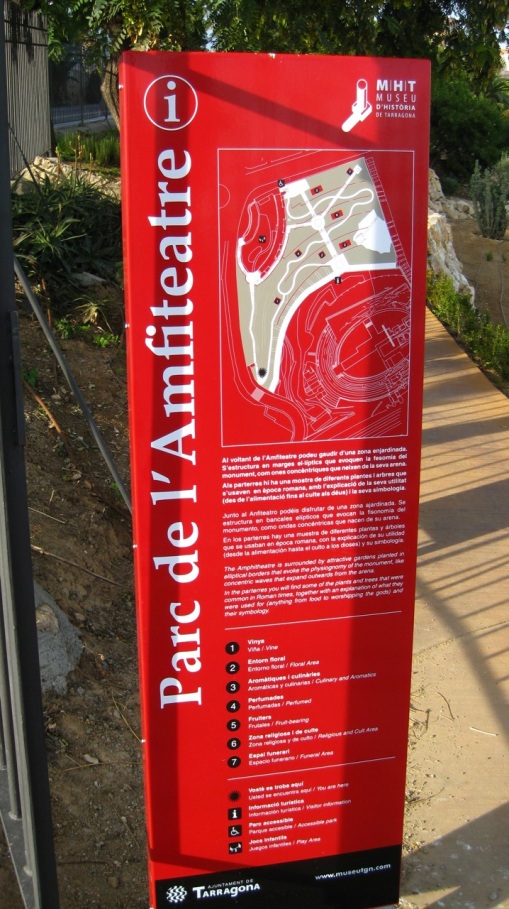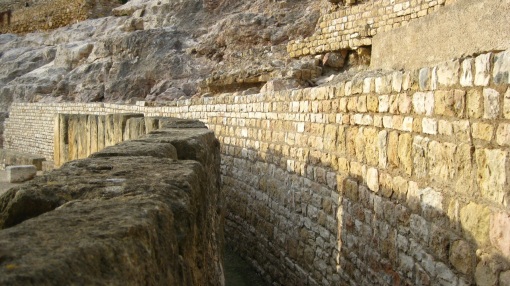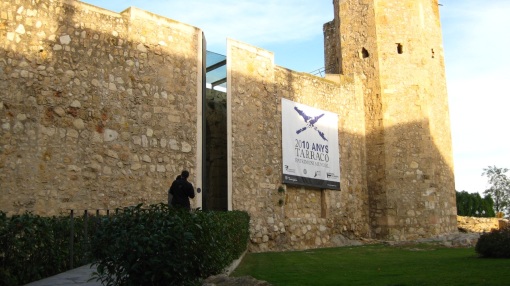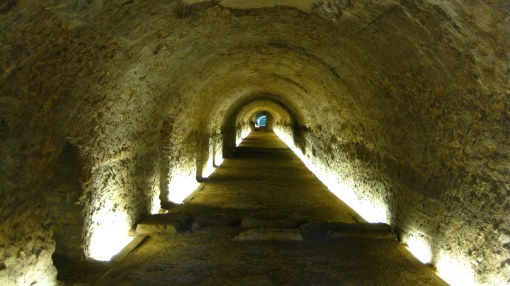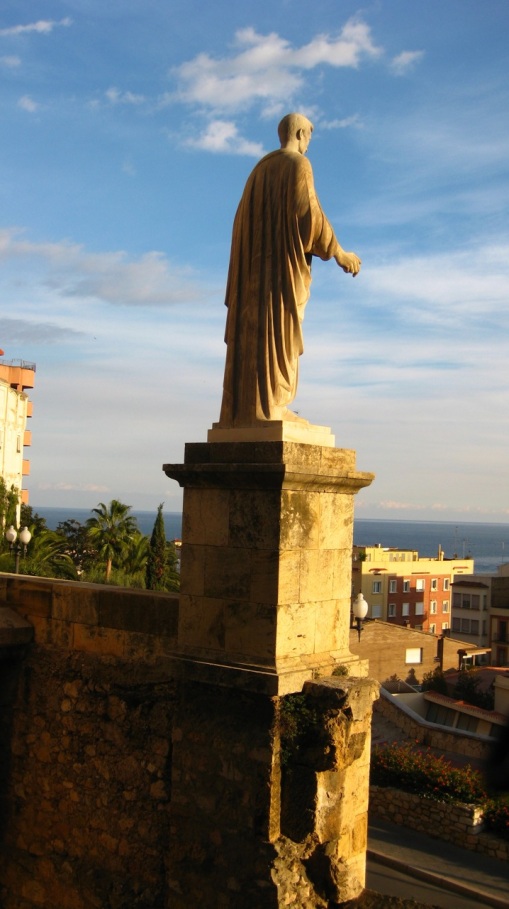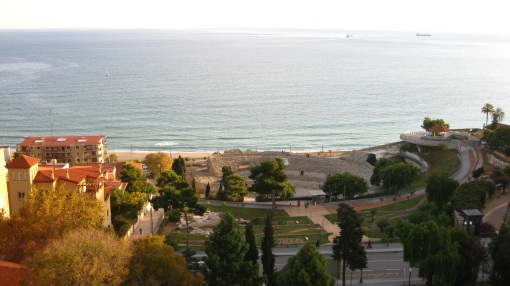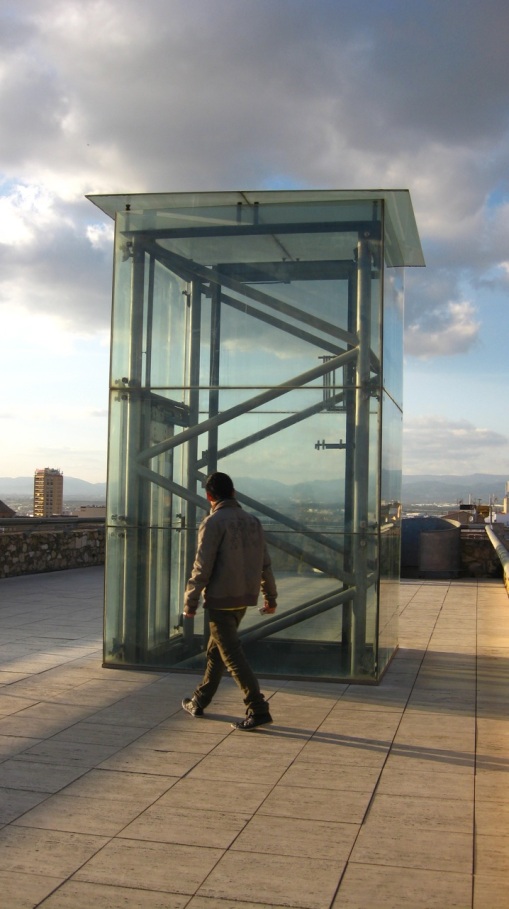Roundtrip: Israel
I finished my 4.5-month vacation from life with a bang. And by bang, I mean Israel. My parents were waiting for me at Ben Gurion, and took me straight to my great aunt’s house, at which she proceeded to baby me by feeding me all sorts of goodies. Nothing brings her more pleasure than to see people eat her food..so I ate..and ate..and ate.
The next morning, we drove to Jerusalem. We went to see the apartment of family friends first – they have this ridiculous penthouse view of the entrance to the old city from the Yafo Gate (the south-west entrance). Their beautifully decorated Moroccan-style apartment was largely the topic of discussion, but we caught up a bit, and headed to my uncle’s for Shabbat dinner. On our way out of Jerusalem, I asked my dad to stop on the side of the road so I could finally properly document Santiago Calatrava’s controversial Chords Bridge (Gesher HaMeitarim), his 40th. The cable-stayed bridge was inaugurated in June of 2008 in honor of Israel’s 60th anniversary, and strike a resemblance to Calatrava’s Puente del Alamillo in Sevilla, which uses an enormous cantilever tower to absorb the loads. It is meant to symbolize David’s Harp, but has received much criticism even before its date of completion. Many believe it sticks out as an eye sore and has nothing to do with the history of the ancient city. On top of that, it cost $70 million, or (220 million NIS) to construct, over 2x the original cost. I had seen this bridge before many times, even before it’s completion during my birthright trip to Israel after freshman year, but didn’t have any decent pictures yet. Here are a few:
Shabbat dinner at my uncle’s in Mevasseret was amazing as usual – my aunt prepared loads of tasty food. In the morning, we headed to the north to visit my mom’s long-lost 2nd cousin, and my dad’s childhood best friend since birth in Alon Hagalil. Here’s Shon, their border-collie:
Luckily, Jason had a free weekend from the army, so on our way back to Jerusalem, we picked him up at a bus station in the north. We didn’t have too much time to hang out because we were scheduled to fly down to Eilat in the morning (so we thought). So we dropped him off early the next morning so he could catch the bus in to Jerusalem, and headed back to the old terminal at the airport to fly down with Arkia. The weather was horrendous, and Arkia’s pilots are not well-trained enough to take off in such bad conditions, so we were grounded..for several hours. Nobody could tell us when we’d be leaving, or if we could retrieve our luggage so we could simply drive down. After lots of arguing and tons of Israeli temper, we re-rented the car we had just returned and drove down. I passed out until we arrived in Yotvata, a historical kibbutz famous for producing some of the best dairy in Israel. Everyone I know is obsessed with shoko be’sakit, which is chocolate milk in a bag. Pretty amazing.
So we ate some food and continued onward. Eilat is about another half-hour drive south. The reason we were headed to Eilat was because my father was invited to a conference, so we decided to make a small trip out of it. We checked into the Isrotel Royal Beach, got all our passes for the meals, and passed out. Here’s the morning sunrise from our room, overlooking the Red Sea:


I had previously scheduled an advanced SCUBA diver’s certification course for myself, so the instructor picked me up and since it was the middle of the week, I got my own private lesson for 2 days. Before leaving for Barcelona, my brother and I received our open water diver’s certification in Eilat and the Mediterranean. The advanced course taught me how to use a dive computer, compass, underwater digital camera, flashlight for the night dive, how to inspect a shipwreck on a wreck dive, and to dive to a depth of 30m, or about 100ft (the open water caps you at 18m-20m, or about 60ft). Here are some some pictures of me at the wreck dive and some pictures I took of the coral and fish:
On the first wreck dive, we went to see the Satil. After the 6-day war in 1969, France put an embargo on Israel and prevented the arrival of 5 war ships. In the dead of night, during Bastille day, while the French were celebrating, Israeli Mossad stole the boats. They were decommissioned and sunken 25 years afterward, one of which is found on the ocean floor of Eilat. It literally felt like Titanic, approaching the boat form the distance. All of a sudden, you’re in range and out of the blue mist, you can start to make out the ship. Here’s some more information on the Satil: http://en.deepdivers.co.il/(S(4ihvyd45ukuxan55gmjaui55))/article.aspx?id=220. We didn’t bring the camera down with us until the deep dive, which was set at the Yatush wreck, a 15m long boat that was purposely sunken in August of 1987:
Lionfish:
Moray Eel:
Grey Moray:
Doing flips…
Blue-spotted Stingray:
Cornetfish:
Back at the hotel, I enjoyed all-you-can-eat kosher meat…
My uncle and aunt came down to Eilat about a day after we did, and on our last night there we went across the street to the Isrotel Royal Gardens to see WOW, a Vegas-like acrobatics show. Pretty impressive stuff.
The morning after the show, we left Eilat and began the drive back up north. We stopped again at Yotvata but this time I bought some chocolate milk:
After we returned to my great aunt’s we packed up my bags, dispersed some weight to my parents’, and headed to my cousin’s to see his baby, Rom in Be’er Ya’akov. He is the cutest thing in the world
We left for the airport straight from my cousin’s but when we finally got there, I realized that I had given my mom my Israeli passport at the old terminal before we drove down to Eilat, and only had my American with me. This was a problem because if you possess an Israeli passport, you absolutely must show it on your way out of the country. Luckily the ministry of interior understood the situation and granted me permission to leave the country just that once. The next issue was that it did not exempt me from army service should border control have anything to say about it..but its safe to assume that they let me slide because I’m finally safe and sound, back home in Los Angeles. After what seemed like the longest flight in the world (most of which was spent watching 5 movies on the airplane – Salt, Grown-Ups, Wall Street, Date Night, The Social Network), I was greeted by gloomy weather and rain. At least Stefenie was there to surprise me and take me home! My travels were finished…until a few days later when the Weiss family reunited on the big island in Hawaii.

